Usually you will use a ppf to generate from a rando seed.
For a simple completely fake example, let's say we fit a uniform random variable (with values from 0 to 15) to a Weibull distribution. Then, create a seed random variable (from 0 to 1 because it's the value of the quantiles that you will get) and put it in the ppf function.
import scipy.stats as st
import numpy as np
# fitting part
samples = np.random.rand(10000)*15
dist = st.exponweib.fit(samples)
# generation part
sample_seed = np.random.rand(10000)
random_exponweib_samples = st.exponweib.ppf(sample_seed, *dist)
# plotting
import matplotlib.pyplot as plt
plt.hist(samples, label="uniform", alpha=.5)
plt.hist(random_exponweib_samples, label="exponweib", alpha=.5)
plt.legend()
plt.show()
You'll have something like the following.

Please be careful and check for the documentation of the ppf concerning the weibull distrubiton. In my function st.exponweib.ppf(sample_seed, *dist) I just use *dist but it might be the case that the parameters should be sent differently, you can see it with the form of the orange plot which might not be correct.

